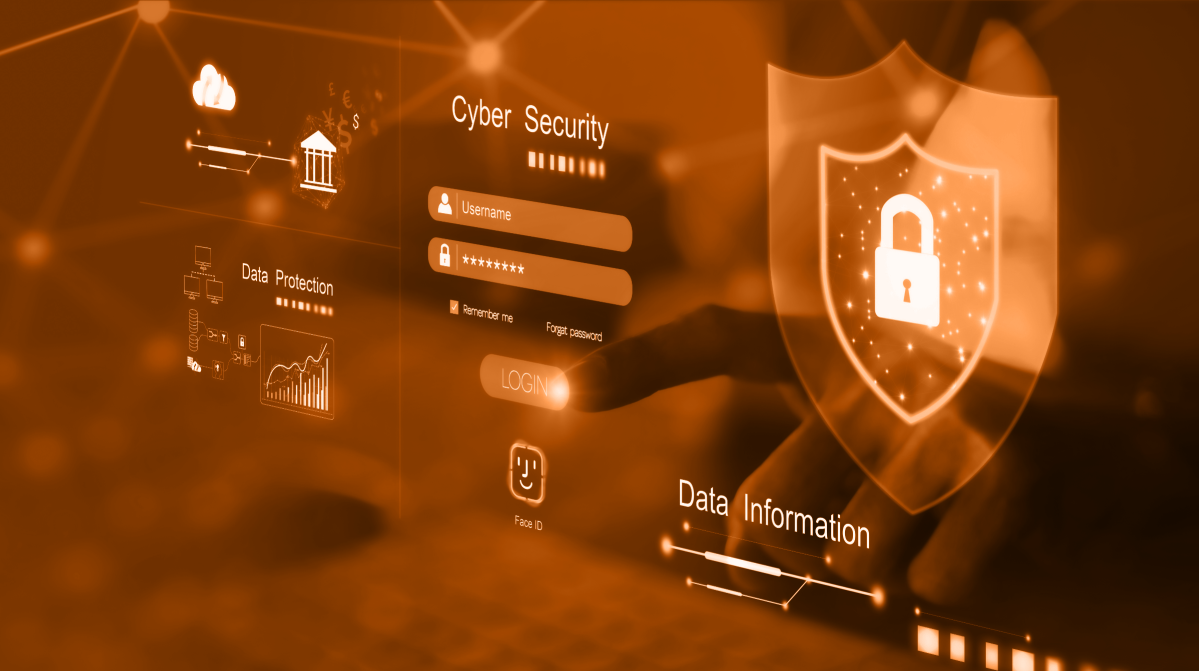
According to a recent study, nearly 60% of online businesses have suffered from some form of cyber attack, and the rates are only increasing. So who is being targeted the most? And what types of attacks are they facing? Here's a closer look at the data.
Cyber criminals show no signs of slowing down, with more businesses, governments and individuals becoming victims due to heightened digital activity. The stakes are high as cyber attacks continue to increase in complexity and sophistication, putting companies and individuals at greater risk. So who are the most popular targets of cyber crimes? According to recent data, small-medium size businesses (SMB's) appear to be the primary target for cyber criminals, as these networks often have limited security protection or outdated security measures. Cyber attackers know that SMB's may not have enough resources or expertise to monitor their systems closely or safeguard crucial data, making them the perfect target. Criminals can take advantage of SMB's weak network defenses by accessing financial records, customer information and other sensitive data, putting both the business and its customers at grave risk.
As online threats continually evolve, cyber security teams are forced to stay ahead of the curve. Malware attacks, phishing emails and password attacks remain some of the most common we see today, with no slowdown in sight. Beyond these, DDOS attacks and man-in-the-middle attacks are becoming increasingly prevalent as well. Security professionals must utilize the latest tools and techniques to protect against these ever-evolving digital threats in order to ensure a safe digital landscape now and into the future.
We have seen a shift from traditional attacks such as phishing emails to more complex vulnerabilities that penetrate deeper into our networks and systems. As we attempt to secure our data against attackers, they too are continually developing new methods to gain access. It is highly likely we will see an increased focus on Artificial Intelligence (AI) driven attacks and the deployment of malicious programs that can remain hidden for long periods of time. As technology continues to progress, securely managing our data will become an even bigger challenge for individuals and organizations alike, requiring sustained vigilance and the evolution of strategies to keep pace with the changing landscape of cyber security threats.
Businesses are now facing more frequent and sophisticated cyber-attacks, making it essential for them to take proactive steps to protect themselves. Developing a comprehensive cyber security strategy that ensures sensitive data is encrypted, passwords are regularly updated, and network access is controlled is a great start. It's also important for businesses to use software designed for threat detection that can alert them about known vulnerabilities or any suspicious activity. Regularly testing security systems and employee knowledge of cyber security best practices will help ensure the safety of sensitive information stored on business systems. Adopting these measures and being vigilant against malicious actors should give businesses peace of mind while they go about their operations.
It's important for individuals to practice good cybersecurity habits to protect their data, finances, and identity from malicious threats. Some measures that can be taken include only using secure password combinations, regularly updating the device software, utilizing a virtual private network (VPN) when connecting to public networks, encrypting sensitive data while storing it on devices or in the cloud, and being cognizant of clicking on links or downloading email attachments from unknown contacts. Without proper security practices in place, users can be exposed to ransomware and phishing attacks which continue to grow at alarming rates year-over-year. With vigilance and the right tools in place, anyone can stay safe online.
Cybercrime is on the rise and it's not going to stop anytime soon. We need to be vigilant and do our part to protect ourselves, both as individuals and as businesses. Attackers are constantly evolving their methods, which means we need to evolve our defenses. This can seem like a daunting task, but there are steps we can all take to make sure we're doing our part in the fight against cybercrime. If you're concerned about your business's cyber security, contact Pretect today. Our team of experts can help you assess your risks and develop a plan to keep your business safe from attack. Together, we can make a difference in the fight against cybercrime.


